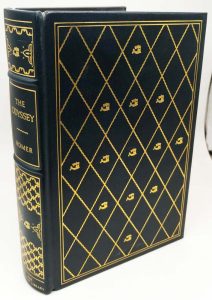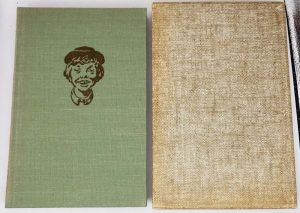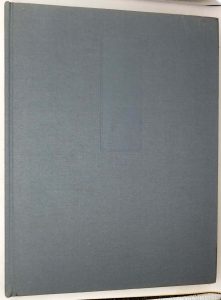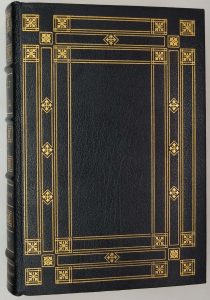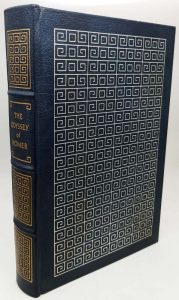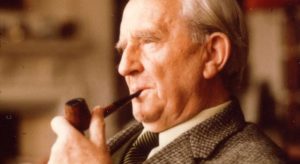Lewis, Clive Staples – British author of children’s fantasy novels, 1898—1963
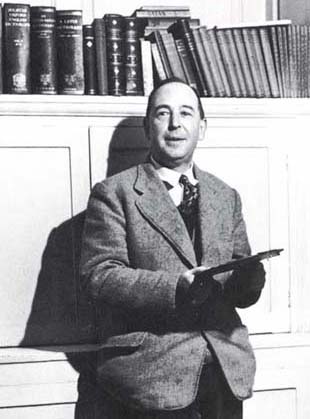
British author of children’s fantasy novels, 1898—1963. A scholar and teacher at Oxford and Cambridge in England, Clive Staples Lewis wrote fiction, science fiction, poetry, literary criticism, and books of Christian apologia. It was his seven fantasy books for children, however, that made him one of the most successful and well-loved writers of the twentieth century. Widely read, the Chronicles of Narnia are considered classics of children’s literature.
Growing up in Northern Ireland, C.S. Lewis and his brother were surrounded by books and even wrote and illustrated their own stories about invented lands. The citizens of Animal-Land, C.S. Lewis’s imaginary world, were chivalrous animals—forerunners of his Narnian Talking Beasts. In the autobiography Surprised by Joy (1955), which describes his conversion to Christianity, Lewis talks about influential books from his early life, and it is the authors George MacDonald and E. Nesbit whose impact is most clearly seen in his children’s books.
In the first book in the “Narnia” series, The Lion, the Witch and the Wardrobe (1950), illustrated by Pauline Baynes, four siblings find their way into another world through a magic wardrobe. Peter, Susan, Edmund, and Lucy meet Aslan, the lion who has come to free the land of Narnia from the evil spell of the White Witch.
Aslan sacrifices his life to save Edmund after the boy is lured into treachery by the Witch, but the noble lion comes back to life again through an older magic; after the Witch is defeated, the four children are crowned kings and queens of Narnia. When they return to England after many Narnian years, they find that only minutes have passed in their own time. The book received the Lewis Carroll Shelf Award in 1962.
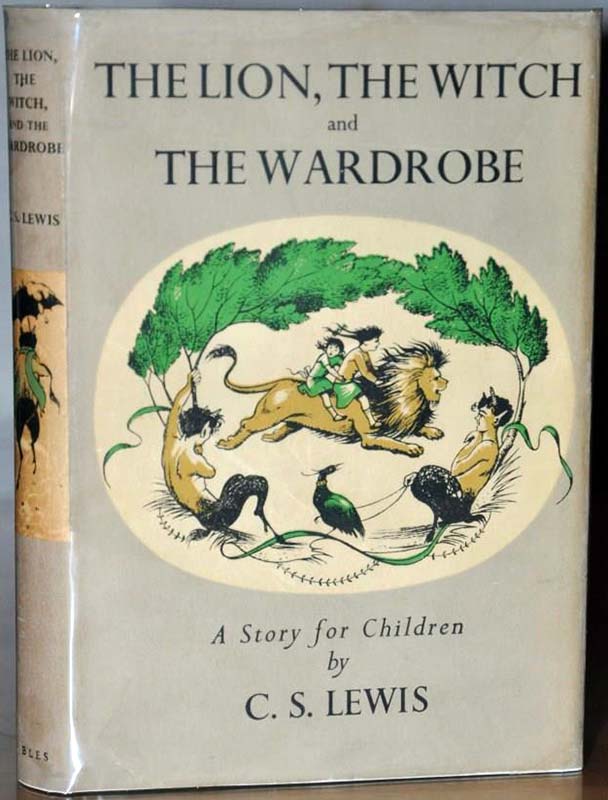
Prince Caspian (1951) relates the foursome’s adventures on their second visit to Narnia, where they learn that hundreds of years have gone by since they were last there. Prince Caspian has used a magic horn to call the long-ago rulers to help him take Narnia back from the Telmarines and restore it to the Old Narnians—the Pauns, Centaurs, Talking Beasts, and others. With Asian’s help, Caspian’s evil uncle, King Miraz, is defeated, and the children again return home.
Edmund and Lucy, along with their spoiled cousin Eustace, return to Narnia and find themselves on board a ship with Caspian in The Voyage of the “Dawn Trader” (1952). They help King Caspian search for the seven lords whom his evil uncle had sent away, sharing several adventures before going home, including one involving a dragon that changes Eustace forever.
In The Silver Chair (1953), Eustace, along with his classmate Jill, is whisked away to Narnia, called by Aslan to help the aging King Caspian find his missing son. Guided by a pessimistic but likable creature known as a Marsh-wiggle, Jill and Eustace brave giants and the cold Northern winter to free Prince Rilian and hundreds of gnomes enchanted by the evil Emerald Witch. Aslan then returns the children to their school in a dramatic, satisfying ending.
The story told in The Horse and His Boy (1954) takes place during the long reign of Peter, Susan, Edmund, and Lucy, beloved Narnian rulers. In the land of Calor- men, a boy named Shasta meets Bree, a Talking Horse originally from Narnia, and together they decide to rim away to that land. Joined by Hwin, another Talking Horse, and a girl named Aravis, the group reaches its destination—with Asian’s help—in time to warn the Narnians of an impending attack, after which Shasta learns he is of Narnian royal blood.
The creation of Narnia is described in The Magician’s Nephew (1955). Two children, Digory and Polly, are sent out of their world by Digory’s magician uncle and then return to London with an evil queen, Jadis. Attempting to take Jadis back, the children stumble into an empty world where Aslan is about to create Narnia. Digory and Polly triumph over temptation and doubt when Aslan sends them on a quest to right the wrong they committed by allowing evil to enter Narnia.
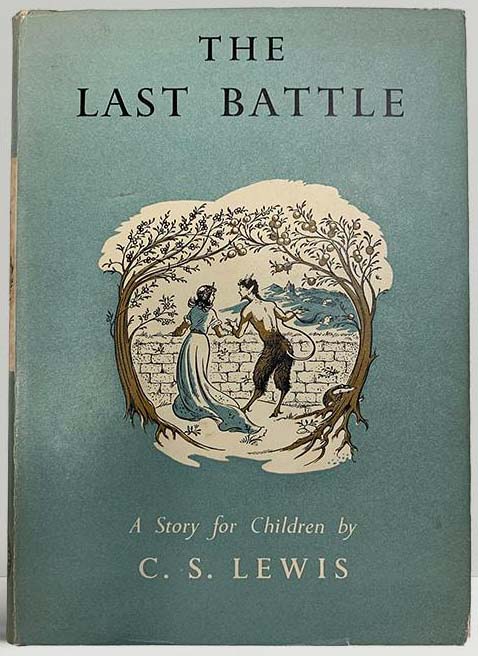
The Last Battle (1956) takes place during Narnia’s final days. Jill and Eustace come to help good King Titian after an Ape named Shift disguises his poor donkey friend Puzzle as Aslan. The resulting chaos signals the end of Narnia but the beginning of something even better; soon Jill and Eustace are joined by all the friends of Narnia—Peter, Edmund, Lucy, Digory, and Polly. The unusual book provides an intense and joyful depiction of life after death. The Last Battle was awarded the Carnegie Medal in 1957.
The stories are unforgettable not only for the excitement and suspense of the adventures but also for the strong emotions they describe so well, especially the deep despair and fear caused by death and the unspeakable joy when death is conquered. Aslan is killed by the witch, but deeper magic brings him back to life; Narnia is taken by the Telmarines, then Aslan returns to claim it back; Digory’s mother is dying, but Aslan gives him a magic apple that will heal her; and in The Last Battle, the children discover that death is merely a door to another, more beautiful world.
The imaginative and emotive stories are further enriched by C.S. Lewis’s skillful use of language. Much is expressed in names: Cair Paravel and Aslan are regal, beautiful names; humorous names fit the characters of Puddleglum and Dufflepuds; and Jadis, Shift, and Miraz have harsh-sounding names that reflect their evil natures. Lewis’s inventive characters also add appeal to the books. Among the many memorable Narnians are tender-hearted Tumnus the faun, the kindly Mr. and Mrs. Beaver, Reepicheep the valiant mouse, Puddleglum the pessimistic Marsh-wiggle, and the loyal dwarf Trumpkin.
Though most readers go through the books in the order in which they were published, Lewis agreed with an American child’s preference—written in a letter to the author—for reading them in chronological order according to Narnian time: The Magician’s Nephew; The Lion, the Witch and the Wardrobe; The Horse and His Boy; Prince Caspian; The Voyage of the “Dawn Treader”; The Silver Chair; and The Last Battle.
Though some adults dislike the heavy Christian allegory contained in the books, children—even those aware of the symbolism—enjoy the books because they are good stories first and allegory second. If the symbolism took precedence over the stories, the books would never have had such a large audience: Millions of copies have been sold, Lewis, who claimed he wrote stories he would have liked to read as a child, said that the Narnia Chronicles began with pictures he had in his mind. It is the magic and wonder of these images that readers remember years after encountering the books.
Jennifer M. Brabander
Source: Children’s Books and their Creators, Anita Silvey.
C.S. Lewis Works in Order
Publication Order of Space Trilogy Books
- Out of Silent Planet (1938)
- Perelandra (1943)
- That Hideous Strength (1945)
Publication Order of The Chronicles of Narnia Books
- The Lion, the Witch and the Wardrobe (1950)
- Prince Caspian (1951)
- The Voyage of the Dawn Treader (1952)
- The Silver Chair (1953)
- The Horse and His Boy (1954)
- The Magician’s Nephew (1955)
- The Last Battle (1956)
Chronological Order of The Chronicles of Narnia Books
- The Magician’s Nephew (1955)
- The Lion, the Witch and the Wardrobe (1950)
- The Horse and His Boy (1954)
- Prince Caspian (1951)
- The Voyage of the Dawn Treader (1952)
- The Silver Chair (1953)
- The Last Battle (1956)
Publication Order of Standalone Novels
- The Pilgrim’s Regress (1933)
- The Screwtape Letters (1942)
- Till We Have Faces (1956)
- Screwtape Proposes a Toast (1961)
- The Dark Tower (1977)
- Boxen (1985)
C.S Lewis First Edition Books Identification Guide
If you are a rare, first edition book collector. Please see our First Edition Points/Guide to C.S. Lewis works.
